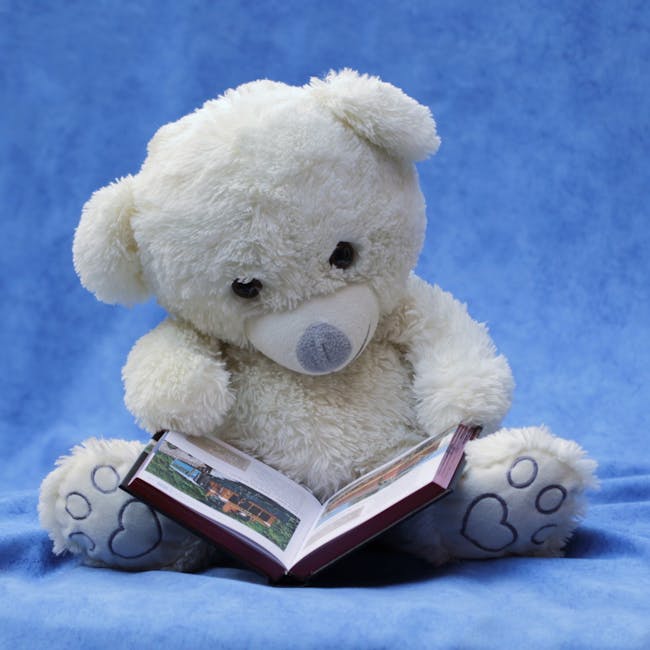How could maths, play and stories intertwine? How could a child possibly be learning maths whilst playing with their friends, or getting read their bed time story? Maths is all around us, even where we least expect it.
Parents as Teachers
Parents may think the only way they can engage their children at home with maths is by helping them with their homework. Some parents may not even be able to help their children with their homework due to the maths anxiety that many adults suffer. As I have spoken about in a previous blog post on maths anxiety, the negative connotations that parents have about maths, can easily be passed down to the child, and create them to have their own worries about maths. It is vital that parents provide a rich learning environment for mathematics at home, so that children can be learning at all times and reaching their full potential. Studies looking at how often numeracy activities occurred at home found that they often happened less than once a day. They also found that the activities rated by experts as having specific numeracy focus occurred more infrequently than the activities with ambiguous numeracy content (Skwarchuk, 2009). Much of a child’s early mathematical development is enhanced through communication. This is why parent should ask open-ended questions to support and challenge their child’s thinking. For example, using varied mathematical language like bigger, smaller, fewer etc.
Importance of Play
Lev Vygotsky says that the learning of a child takes place in the ‘zone of proximal development’ which represents the between what a child actually knows and what the child can learn with support from those who are more knowledgeable. He also believed that the teaching of maths can be influenced by relating the subject to the child’s own experiences. This helps us to understand why play is such an important aspect of learning maths, as it allows the child to personalise it and be able to relate it to themselves. Saracho (1986, cited in Saracho and Spodek, 2003, p.77) explains that when children play, they confront social circumstances and learn to collaborate, help, share, and resolve social difficulties. Play is extremely important to a child’s learning for some of the following reasons:
- Helps children to make connections in their learning
- Allows child to experiment
- Provides a meaningful context
- Promotes social learning
- Encourages perseverance
Friedrich Froebel was another theorist that also emphasised the importance of play in children. He viewed play as the ‘work of children’ and believed that children’s best thinking took place during play. During quality play, children are:
- making decisions
- imagining
- reasoning
- predicting
- planning
- experimenting with strategies
- recording
Susan Issacs had many of the same views as Froebel. She saw the value in play as a way to allow children to explore their ideas and feelings freely. Through play, children can move in and out of reality, and whilst doing this, she encouraged them to be curious and express their feelings. But how does this relate to maths? Nutbrown (1994) said that “mathematics is never far away from young children’s actions.” All the different things that happen during quality play (as listed above) all link into mathematics. Predicting, experimenting, reasoning, making decisions are all needed in maths. Children using these strategies in play will help them to have a better understanding of the approaches they must use. It will also help them to understand why they are learning maths, as they can relate the problem solving and reasoning to their real-life experiences.
Maths in Stories
Another way that maths can be incorporated into a child’s everyday life is through  stories. Stories are something that are enjoyed by children, and can help eliminate that fear of maths that a lot of children have. They can be used to introduce new mathematical concepts, or to build on ones that are already known. By showing children that maths can be fun and interactive, they will be much more willing to engage.
stories. Stories are something that are enjoyed by children, and can help eliminate that fear of maths that a lot of children have. They can be used to introduce new mathematical concepts, or to build on ones that are already known. By showing children that maths can be fun and interactive, they will be much more willing to engage.
Here is an example of a math story book ‘A Place For Zero – A Math Adventure’. This story talks about the number zero and place value.
Stories like this one can help children to connect with, and understand the concept being portrayed in the book. Having a visual aid will allow the children engage in the book, and listen to the story line. At the time, they may not even realise that they are actually learning mathematical strategies.
Maths storybooks are not the only way to teach maths through stories. There are many popular children’s books that can easily be adapted to fit a mathematical story line. For example, ‘We’re Going On a Bear Hunt’ can easily be change to ‘We’re Going On a Square Hunt’. Using a familiar text will allow the child to acknowledge how maths can be related to them, and used in their day to day life. It may also make the experience more comforting, by having something the recognise, especially for those that suffer from maths anxiety. You should always remember to match the book and your discussions to the mathematical abilities and development of the children in your class.
From the workshop and my own research, I now understand the great importance of play in developing a child’s academic understanding, by allowing them to freely explore ideas and express their emotions. Not only in maths, but in every aspect of schooling, play can help children relate it to their own experiences. When working in classrooms in the future, I will make sure to incorporate all that I have learnt about play and stories to make the learning as fun and interesting as possible, as I now know the benefit of them.
References:
Ehrhart, M. (2014) A Place For Zero A Math Adventure [Online]. YouTube. Available at: https://www.youtube.com/watch?v=76–wKA1yYQ&t=487s [Accessed 1st November 2017]
Nutbrown, C. (1994) Threads of Thinking. London: Paul Chapman Publishing Ltd.
Saracho, O.N. and Spodek, B. (2003). Contemporary Perspectives on Play in Early Childhood Education. Conneticut: Information Age Publishing.
Skwarchuk, S. (2009). How Do Parents Support Preschooler’s Numeracy Learning Experiences at Home?. Early Childhood Education Journal, [Online] 37. Available at: https://link.springer.com/article/10.1007/s10643-009-0340-1 [Accessed 30th October 2017]
Valentine, E. (2017) “Maths, Play and Stories” [Powerpoint Presentation] ED21006: Discovering Mathematics [Accessed 31st October 2017]

